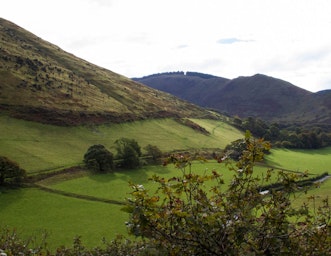
How can we make our own homes and buildings as wildlife-friendly as possible? Gwyn Stacey looks at what we can do as householders and at the role the building and architecture professions can play in helping nature thrive.
Solastalgia: “The distress induced by environmental change and the degradation of one’s home place.” Currently under review for inclusion in multiple dictionaries.
Our homes are often the place we find shelter, comfort and security, both physically and mentally in our lives, that space to call our own, to inhabit as we wish.
Meanwhile our skies and lands are emptying, the cacophony of noise from our natural environment quietens. A collective sense of distress continues to dawn on us: the solastalgia begins to ache our souls.
In the world of design and construction we continue to build, clearing and levelling landscapes, laying foundations, erecting structures, and sealing them up for energy performance. It feels like an inherently damaging activity to be a part of, and yet we do need to continue building. We need to be more selective about how and when we choose to build but the need to maintain, renovate, retrofit and, when appropriate, build to enhance our collective wellbeing and standard of living, rebalancing the injustices of how and where we dwell is undeniable.
So how can we build in a nature friendly way? How, as a homeowner or tenant, can you mitigate your impact on nature? The good news is that there is a huge amount we can do as individuals, in every part of our lives. As architects, designers and housebuilders there is even more we can think about.
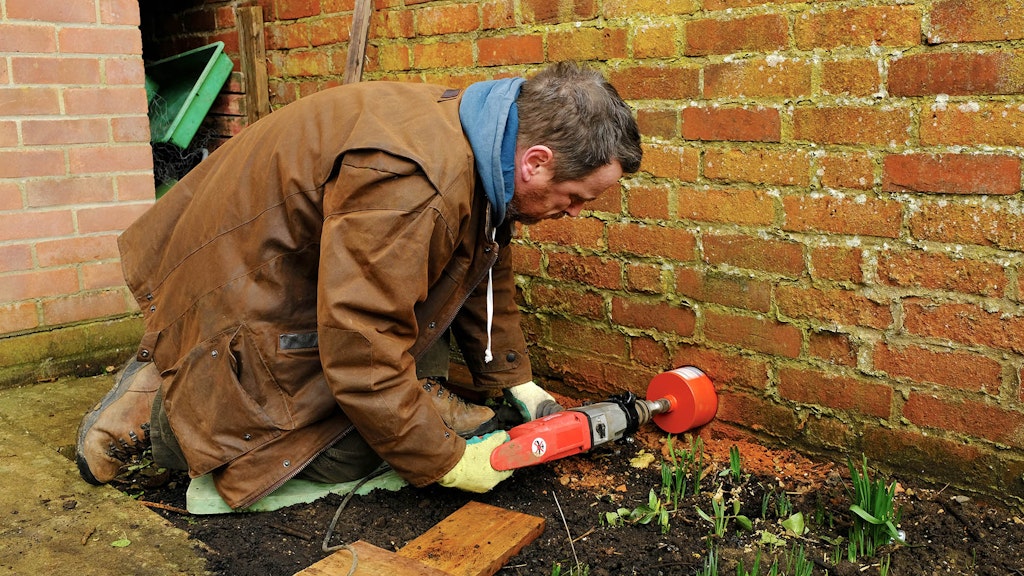
Make space for wildlife
Whilst it’s vital that we look at the wider picture, including protecting areas of wilderness, improving agriculture and land management, tackling climate change, and taking part in collective actions to push for change at a policy level, what we do in our own homes and gardens can also have an impact.
If you are lucky enough to have a house where swifts, house martins or bats (to name but a few of the many species that might use our homes as their homes) already choose to roost or nest, then make sure you take good care of them by leaving them be. If they are a nuisance, producing a mess, take pride in clearing up after them or install a shelf to catch any droppings. Tell your neighbours, and sit out together to marvel at the wonders of the wildlife on your doorstep.
For those that do not have any wildlife nesting in their home but are fortunate enough to have a garden, this is where you can have great impact in encouraging biodiversity. Look at the borders of your garden. Think like the wildlife that you want to see in your garden. If you were a hedgehog, a fox or a great tit, would you be able to get into the garden? Would it be enticing? Are there places to take cover from humans or their pesky pets? Install hedgehog highways, replace fences with hedges and get rid of that plastic grass!
Next, look at what’s within your garden, follow some basic principles to encourage wildlife; celebrate variety and diversity of planting, expand the edge space where habitats come together, and avoid tidying up where possible. You can apply this thinking right down to window planters or pots on a balcony to encourage the birds and bees right to your window.
You can go one step further and give nature a home by installing nesting or roosting habitat for some of our native species. Speak to local wildlife enthusiasts and ecologists to see what species are present nearby and if installing a nesting or roosting habitat would be appropriate for your home.
We also need to be aware when inviting wildlife into our gardens and near to our buildings that human structures can present a hostile environment. Our windows become mirrors, and can look like holes through which to fly or identical rivals to ward off; unwoven building membranes can entangle the tiny claws of bats, and drains are the unfortunate pitfall for our amphibious friends. Minimising the dangers to wildlife from our buildings and their infrastructure is key; we can do this by installing drain guards, mesh and other tools. If your windows are prone to bird strikes you can make and install your own window manifestations (stickers on your windows) or add blinds internally.
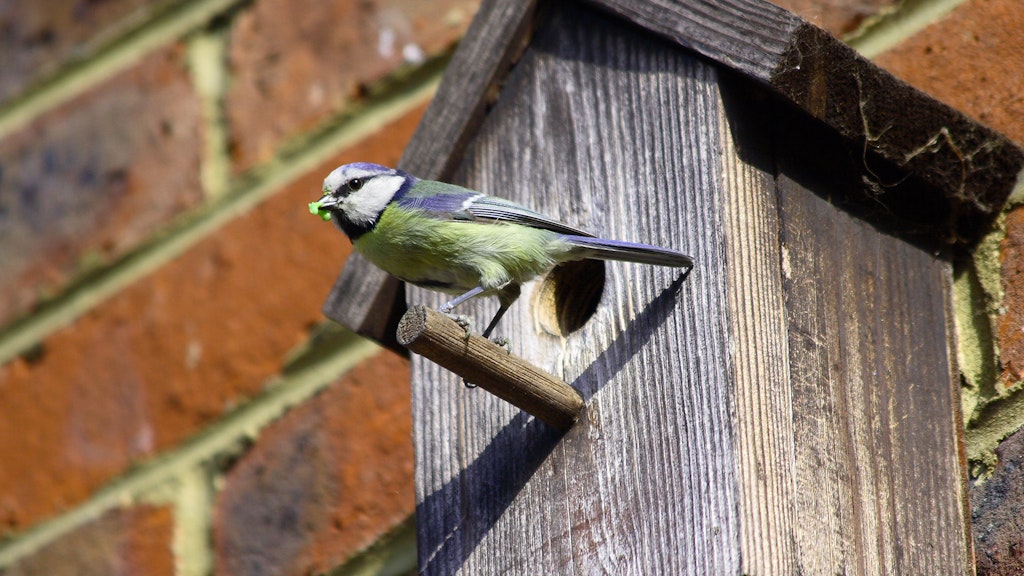
Enjoy dark skies
One of the biggest impacts from our homes and built environment is our excessive and inefficient use of lighting, affecting the natural rhythms of a range of animals, including ourselves.
Install hoods over all external lighting, directing it only where it is absolutely needed. If you are replacing outside lights look out for fixtures that are directional and low level.
For internal lighting, something as simple as closing the curtains or turning off the lights in the rooms you are not using will help any wildlife present outside, save your energy and give you a much better view of the beautiful night sky!
An architect’s perspective
There is a great deal the architectural profession needs to do to improve how it works with and encourages nature friendly building. There is a need to understand the holistic issues of material specification and choice, master planning, landscaping and detail design, and how at every level these decisions have an impact on wildlife.
Materials are specified for a range of reasons, including aesthetics, and thankfully embodied carbon (the carbon emissions from the manufacturing process) is now becoming a material consideration that is widely accepted within the industry. But we need to understand the further hidden impacts from harvest or extraction, processing and manufacture, and examine whether these are causing ecological harm through unsustainable management or release of pollutants. Only when looking holistically at material choice can we make informed ecological decisions.
The simplest way to reduce our impact on material and resource use is to prioritise retrofit over new build. Improving energy efficiency through retrofit or building to a very high level of thermal performance will have a knock-on benefit to wildlife by ensuring we minimise the impact of our homes on global heating and climate breakdown. Another issue related to careful use of materials is when wildlife chooses to nest within, and not upon, buildings. This is of particular concern with ‘natural building’ techniques as the materials are inherently familiar and hospitable for wildlife to nestle into. This can cause serious harm to the fabric of a building, reducing thermal performance and longevity, both of which are hugely important when considering energy conservation and the embodied carbon of construction. You can avoid your home becoming a mouse nest or bug hotel by making sure you hire a builder that is experienced in using natural materials, and look to provide opportunities for more suitable habitat creation through careful design and detailing.
Conversations and collaborations
Compounding the issues for architects attempting to navigate projects through the unpredictable natural environment is that during their seven years of training they will rarely, if ever, have a conversation with or hear from an ecologist.
This is something we actively try to address in teaching our Masters in Architecture at CAT. As with all of our ‘technical education’, we do not seek to make our students expert in other fields but to raise their understanding and awareness to a position whereby they can have an informed conversation with a professional. It is these informed conversations between ecologists and architects which provide opportunities to proactively make our built environment more nature friendly.
A helping hand
There is a huge amount that can be done to improve our built environment and homes to make them more nature friendly, as part of wider efforts to combat the climate and biodiversity emergency. Nature needs any helping hand we can give it so we must embrace every aspect of both reducing the impact of construction on the natural environment and in creating space for nature in our homes and gardens.
When thinking about buildings, the built environment and the impact of our lives on the wildlife we share the planet with, we need to think from an ecocentric point of view, considering the needs of every species, and not just those of our own.
About the author
Gwyn Stacey is a Senior Lecturer on CAT’s MArch Sustainable Architecture course. He is a former student of CAT’s Professional Diploma in Architecture and now, alongside his role at CAT, is developing his practice work with a community focus in rural Wales, and working with and supporting conservation organisations.
- Uncategorized
- Gardening and Agriculture
- Building
- Nature and Wildlife
- Winterwatch
Related Topics
Related Pages
Related news

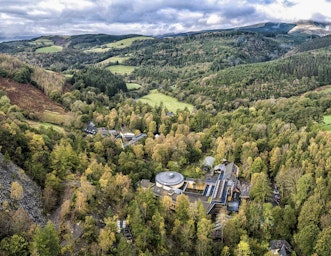
CAT Student Bursaries Announced for 2025
30th January 2025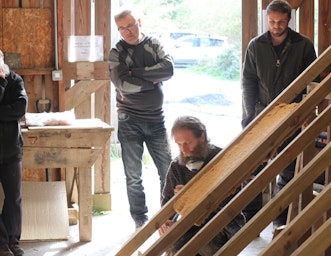
CAT stories – Nick Parsons and Mike Russell
29th January 2025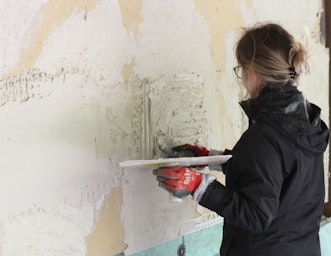
Ready for retrofit
29th January 2025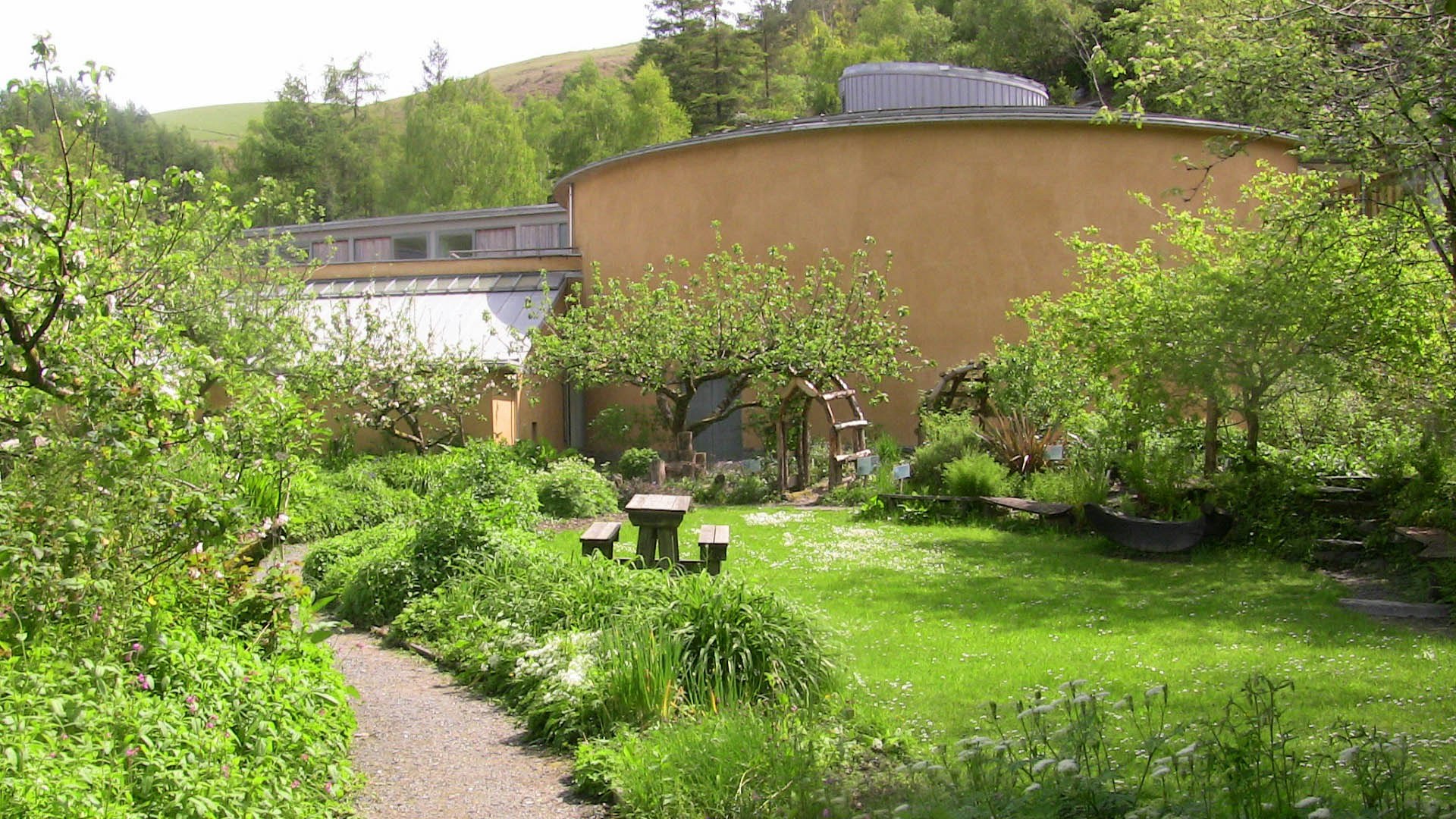
Graduate School of the Environment
Email sign up
Keep up to date with all the latest activities, events and online resources by signing up to our emails and following us on social media. And if you'd like to get involved and support our work, we'd love to welcome you as a CAT member.
